HBO’s ‘Catherine the Great’: An expert’s opinion
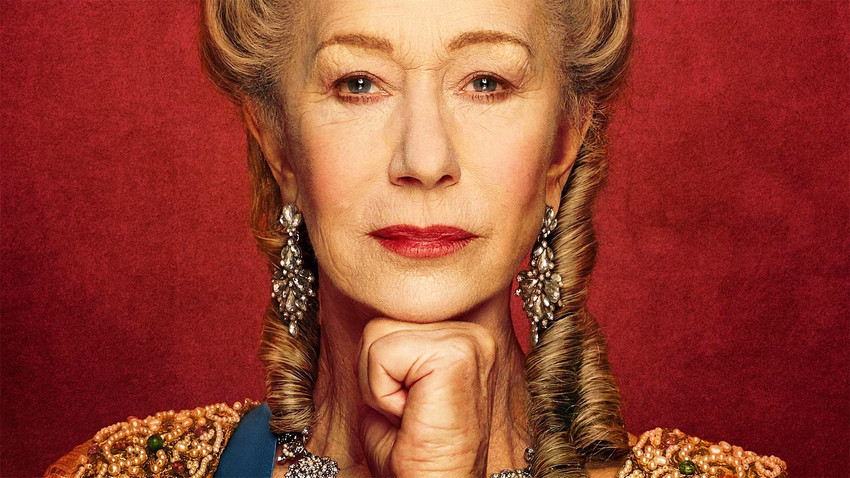
Russian history seems to be a popular subject these days, with ‘Catherine the Great’ being the second stab at capturing one of its defining eras in 2019 alone. Having discharged ourselves out of the hospital after recovering from the shame that was Netflix’s ‘The Last Czars’, we sat down to watch the iconic Hellen Mirren do her take on the Russian empress – a grandiose project that was filmed, among other locations, at the historic royal residences of Tsarskoe Selo, Peterhof, and Gatchina.
WARNING! Spoilers ahead. If you don’t wish to find out what happens before watching the show, read the spoiler-free OPINION piece first!
We do not intend here to engage in thorough attacks on costumes, the intricacies of court ceremonies and political relationships – the creators spent their budget well on documenting those. And we’ve got bigger fish to fry. That said, there are moments on the show with the potential to dramatically skew your understanding of Russian history. In order to dissect them, we invited Dr. Aleksandr Kamensky - the director of the Higher School of Economics’ School of History, and one of the leading authorities on Catherine II.
Enter Catherine
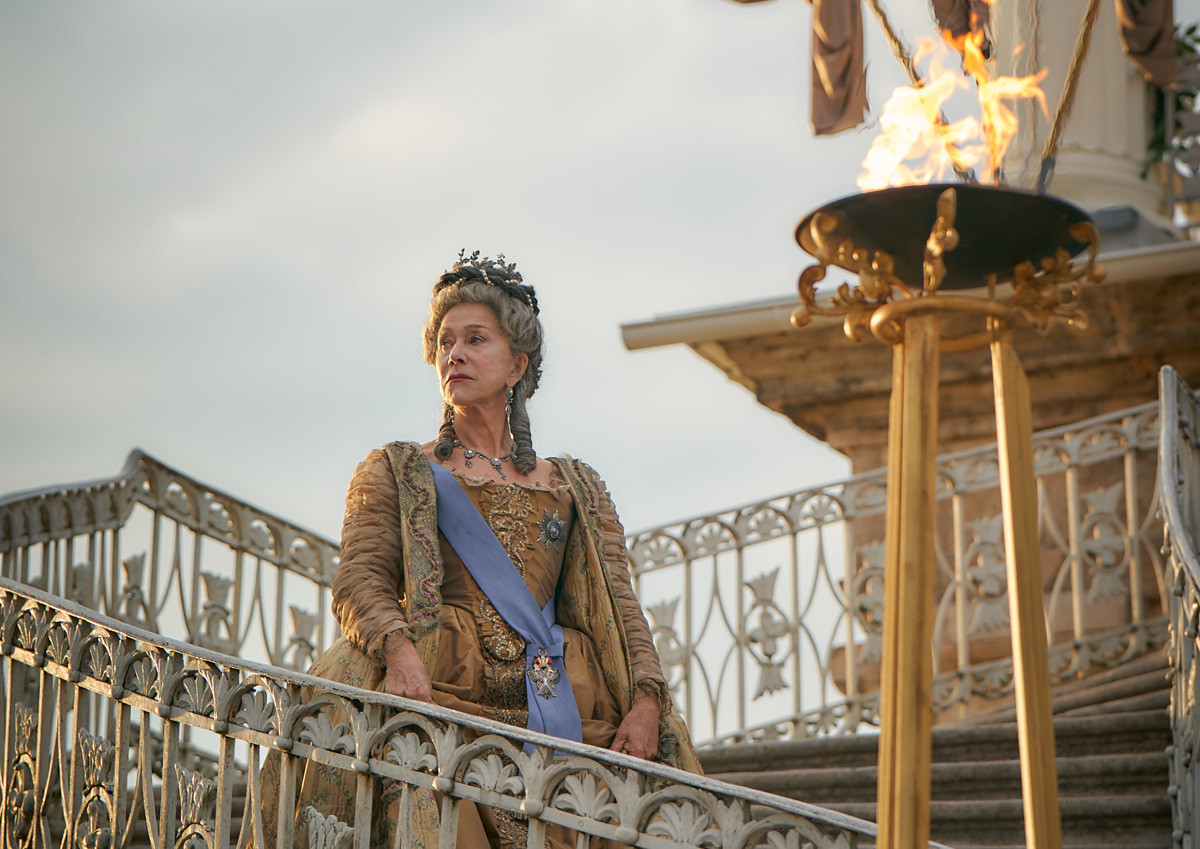
The story begins with Catherine’s visit to a prison in Shlisselburg, where she meets Ivan VI of Russia. The Empress is seen traveling without an enormous entourage that one might expect from an official visit. But this is for good reason, according to Aleksandr Kamensky, who confirms that a visit of this sort would hardly have looked official: “The Shlisselburg stronghold was not a public space, and would not have warranted an official reception. Moreover, the visit would have most likely been kept in secret. Catherine would have been accompanied by two or three men at most – which we, frankly, cannot confirm either.”
Catherine would not have been able to encounter lieutenant Mirovich on her visit – he hadn’t occupied the post yet in 1762. However, according to Kamensky, he did appeal to the empress for the return of confiscated land – if not for financial aid, as is claimed on the show.
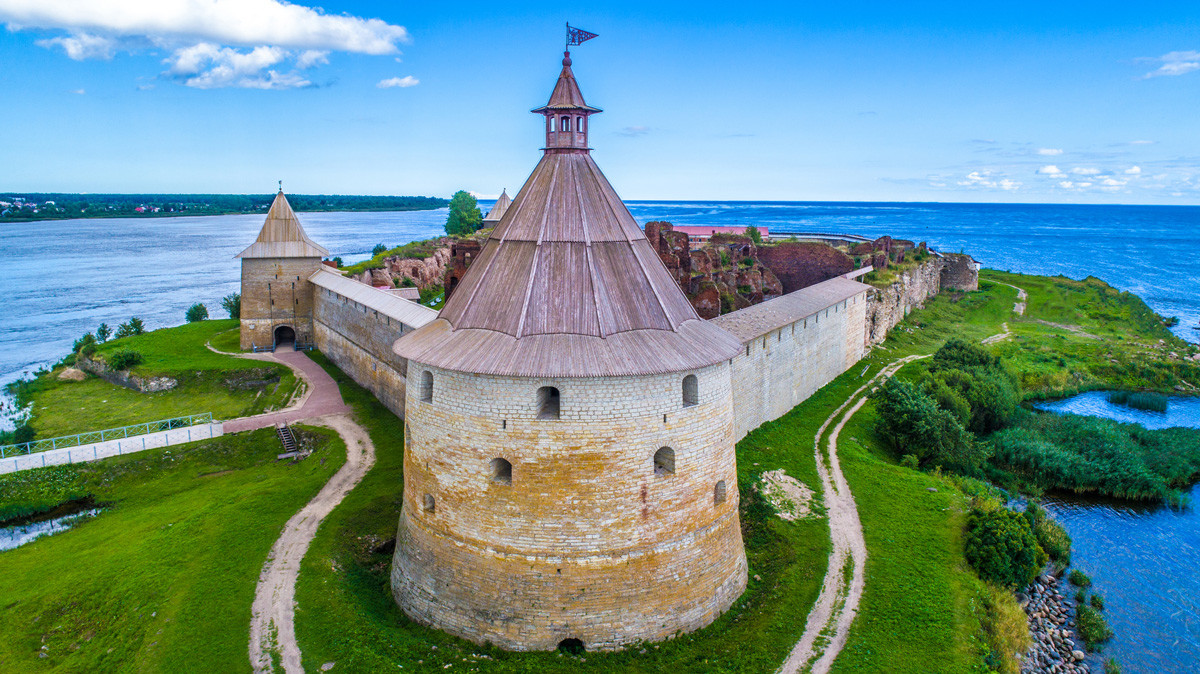
The Shlisselburg fortress
Legion MediaThe writers took some liberties with some characters’ life stories. Such as with Prince Potemkin, who is a member of the Imperial Guard here, but in reality had already attained the rank of Kamer-Junker (equivalent to Groom of the Chamber) after the revolution: in other words, he would not have been standing guard with a rifle at the imperial chambers, as shown here.
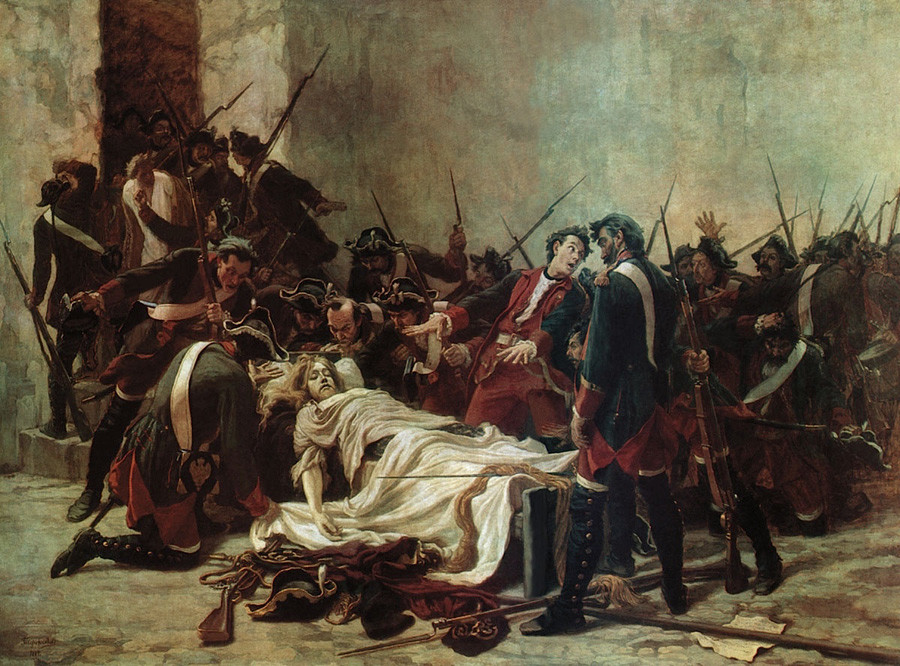
Vasily Mirovich Standing over the Body of Ivan VI at Schlusselburg Fortress. Ivan Tvorozhnikov, 1884
Public domainIn the first episode, Catherine, who’d just taken power, delivers a colorful speech on freedoms and rights in Russia. While it might be difficult for any viewer with a passing familiarity with Russian history to imagine that someone who has attained power on the shoulders of Russia’s elite of the time would have campaigned against serfdom, Kamensky does confirm that “Catherine openly spoke for the abolition. As much is stipulated in the first draft of the ‘Nakaz’ [Catherine’s document on ‘enlightened absolutism’], and the fact of her speaking on the matter with her close circle is not at all surprising. There is plenty of evidence to support Catherine’s plans on abolishing serfdom.”
The Empress's men: Paul and Potemkin
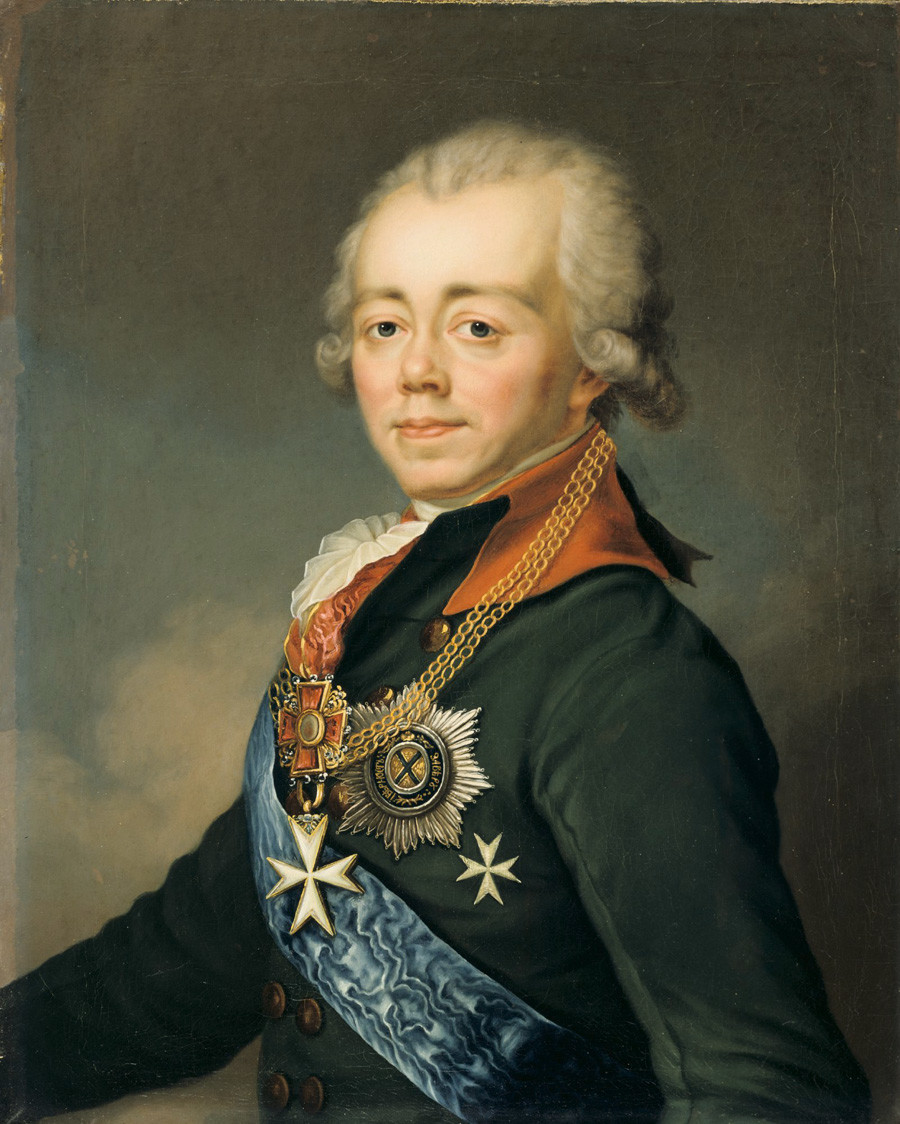
Paul I of Russia (1754-1801)
Hillwood museumPaul I was born in 1754 and was only eight years old at the time of the revolt. However, in the series he appears as a young man. Judging by his stated age - 19, this would have to be the year 1773. And the Mirovich affair was in 1764.
Grigory Orlov’s age also raises questions – he would have been 30 at the time. But here, he and his younger brother are fully grown men past their prime. This is why Catherine’s affair with Orlov raises some questions. He practically patronizes her, when in fact, he’s hardly five years her junior.
Paul’s increased age, on the other hand, allows him to take part in Lieutenant Mirovich’s conspiracy. According to one version of events, the plot to break Ivan VI out of prison – resulting in his murder, was in fact concocted by Catherine, and not her son. The details of the killing and the execution are also slightly off. It is a matter of record that Ivan was stabbed in the back, and did not have his throat slit. As for Mirovich, he was sentenced to execution by the Governing Senate – not Catherine. Nor did she bear witness to it.
By the way, Paul’s coming of age was not celebrated nearly as lavishly as shown in the series: Catherine was terrified of the threat to her throne, and wanted to distract the attention as much as possible from her son’s status of the heir. But even if the party had in fact taken place, Grigory Potemkin would not have been able to display such flagrant disregard for punctuality – royal family members were shown much more respect than that. And although Potemkin – at the time of the war with the Turkish in 1768 – would have been General (and not Lieutenant), simply showing up to the Empress’s table, saying “I’m sorry” and sitting down like nothing was the matter would have been unthinkable.
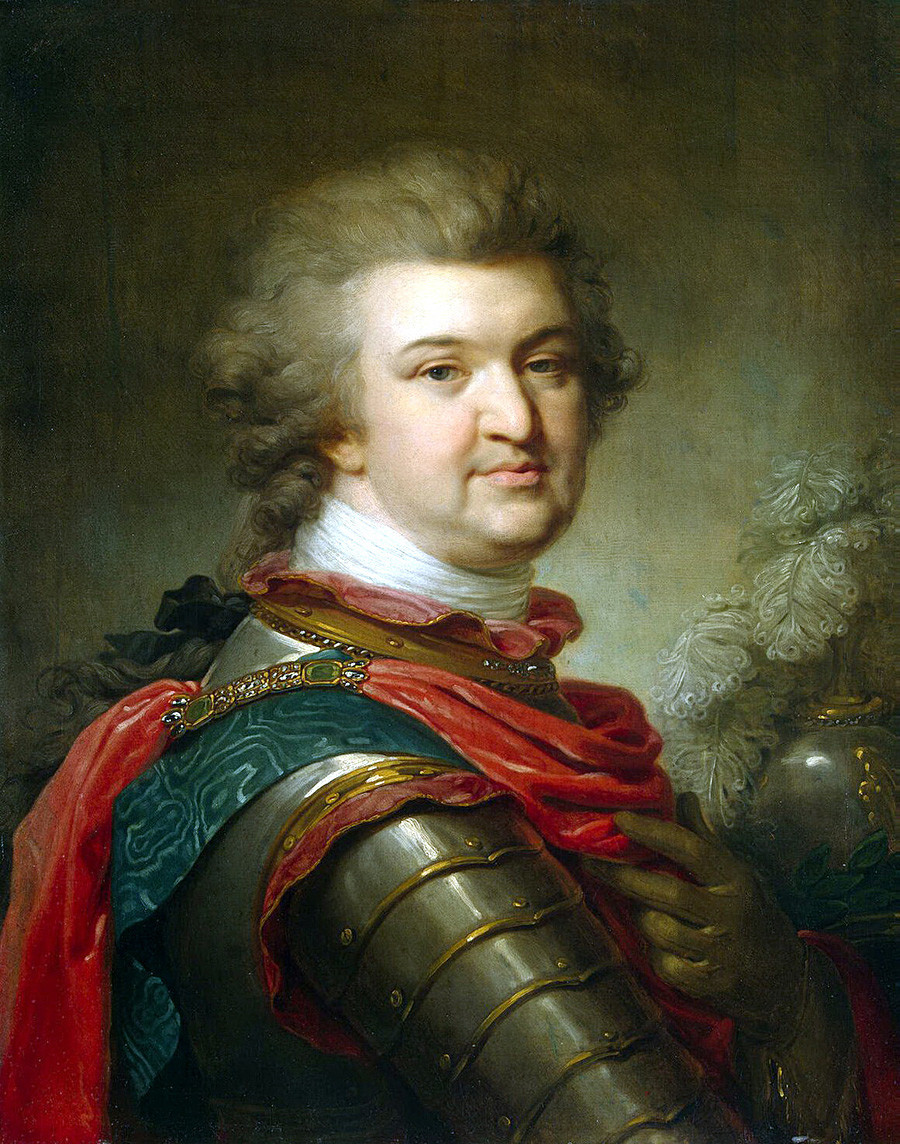
Prince G. A. Potyomkin-Tavrichesky (1739-1791) by Johann Baptist von Lampi the Elder
Public domainPotemkin was one of the central figures in Catherine’s reign. But the writers choose to bestow different accolades on him: in real life, he did not take part in the hunt for Pugachev, least of all in his imprisonment (that was his distant relative, Pavel Sergeevich Potemkin); meanwhile, any mention of the Prince’s solving of the Crimean regional problems and military reform is noticeably absent from the series.
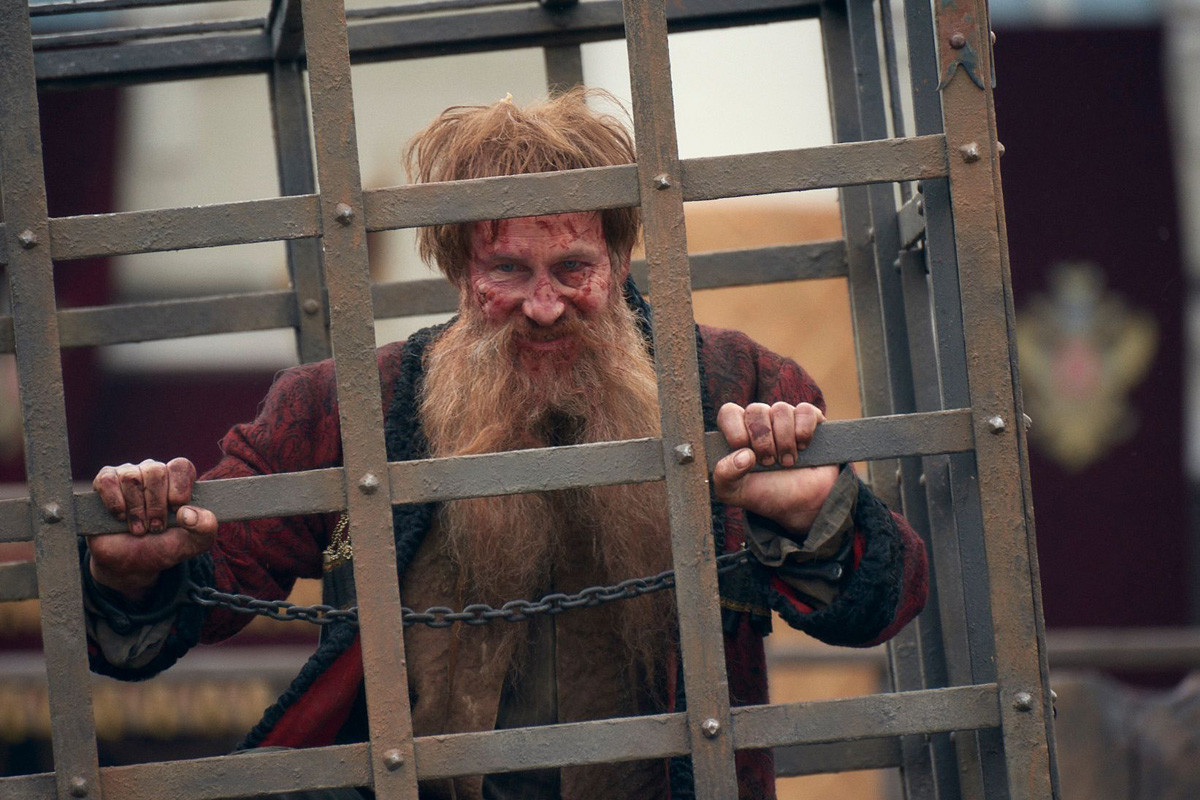
Yemelyan Pugachev as portrayed by Paul Kaye in the series
Philip Martin/HBO, 2019The quelling of the Pugachev rebellion wasn’t really a highlight of Potemkin’s career - and he deserves much more praise for his role on the Turkish front. In the series, it's the victory in the Pugachev coup that opens the door to Catherine’s alcove for Potemkin. In reality, he’d already been Catherine’s favorite by then.
The Crimean campaign
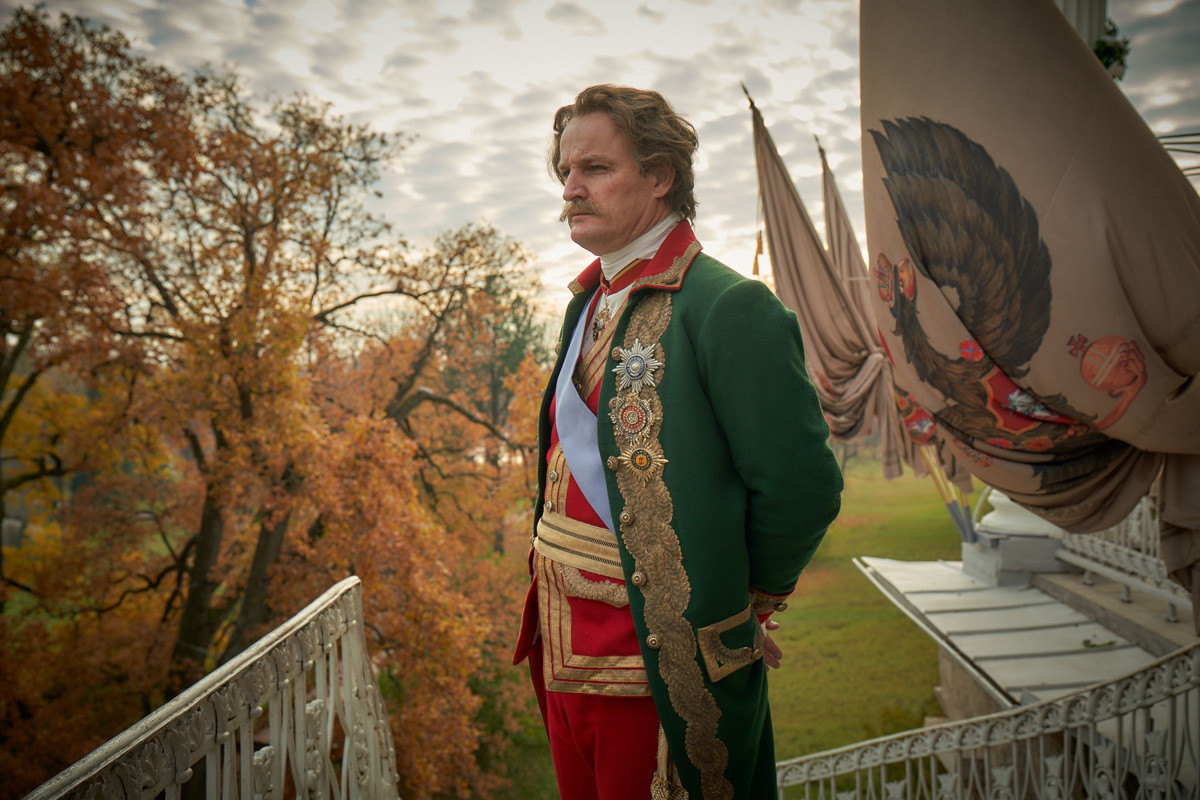
Grigoriy Potemkin as portrayed by Jason Clarke in the series
Philip Martin/HBO, 2019Making Crimea a Russian territory takes center stage in the show. Potemkin refers to it as “no man’s land”. In reality, the peninsula had already been a satellite territory for 10 years by then. The scene dealing with letting Potemkin go to Crimea – which takes up a good chunk of the third episode – is, essentially, meaningless: it was Potemkin’s project all along. The prince oversaw the movement of Greeks and Armenians from the peninsula, and planned to seize it from the weakened Ottomans from the start. And in 1782, Catherine, without any tenderness, dispatches Potemkin there. According to Kamensky, there was a rebellion against Khan Shagin-Girey, and Potemkin was tasked with restoring his rule.
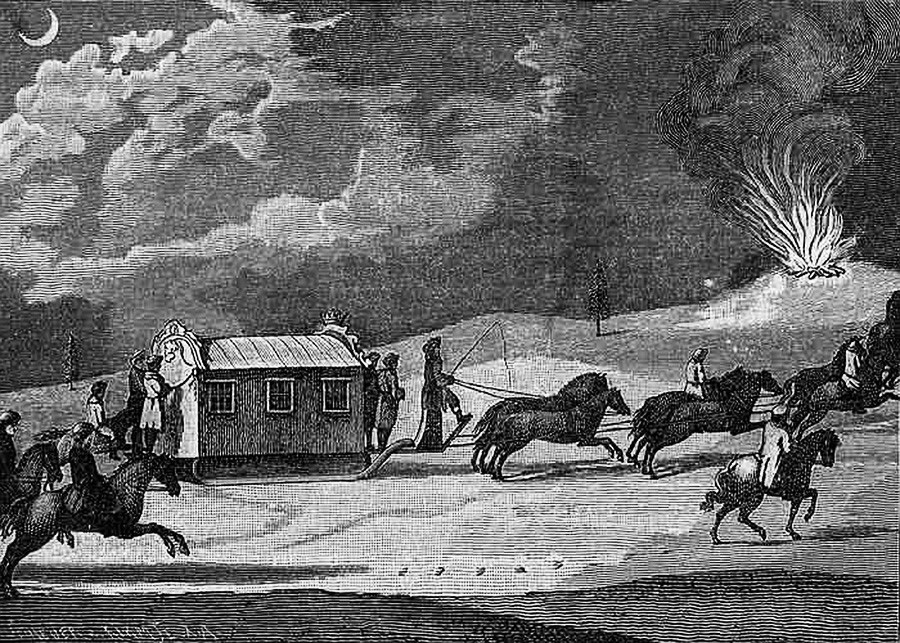
Catherine the Great's carriage during her journey to the Crimea
Public domainA large portion of the show is devoted to heated political discussions that have little to do with reality, as does the fact that Aleksey Orlov takes an active role in discussing the annexation of Crimea, when, in fact, he had by then been in retirement, and would not have been anywhere near the royal court after his brother Grigory fell out of Catherine’s favor.
Potemkin’s role, on the other hand, is again reduced: after Crimea he didn’t just take up the position at the Ministry of War, but became a fieldmarshal.
Another haphazardly done story in the series is that of Paul I and the loss of his wife and child. As Natalya gives birth, the Empress herself is present, looking all ragged and simple, making the whole scene rather “homey”. The drama is amped up when her and Paul are saying their goodbyes to the stillborn child – something that could in no way have happened, given that Natalya got blood poisoning and died as a result of intrauterine fetal demise.
The final episode is devoted to the Turkish campaign of 1787-1791. According to the series, the war starts when the Russian ambassador is imprisoned at the Yedikule castle in Istanbul, but in reality, this is what set off a different war – the one in 1768-1774.
Paul would hardly march his own army to Catherine’s palace to signal his desire to fight the Turkish. Kamensky believes this scene is “intended to show that Paul was eager to fight, and his mother allowed him to take part in the Rusian-Swedish war, albeit without directly participating in the fighting.”
Petr Aleksandrovich Rumyantsev-Zadunayskiy was not a huge fan of serving under Potemkin, and was not really a friend to him. He could more readily be imagined in the place of Aleksey Orlov (who, as we mentioned before, was by then far from all the action and had stopped taking part in any decision-making).
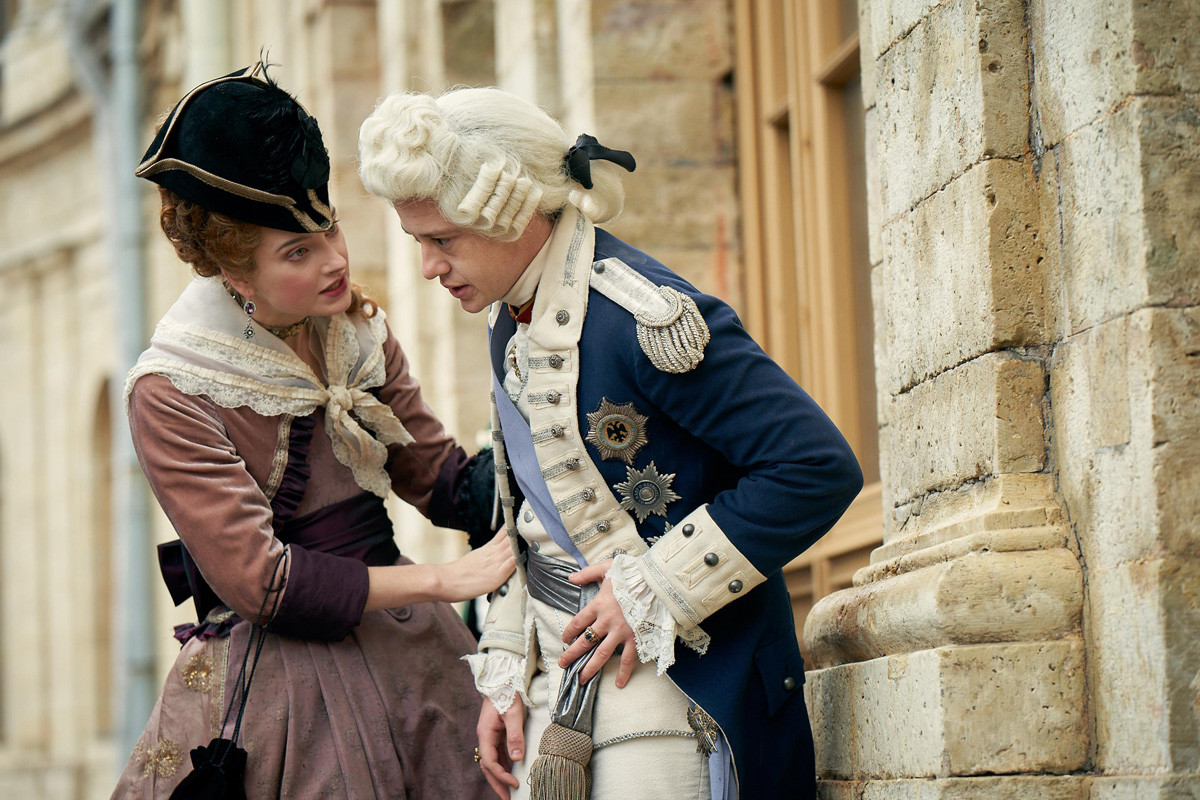
Paul I of Russia (Joseph Quinn) and his wife, Maria Fedorovna (Antonia Clarke), as seen in the series
Philip Martin/HBO, 2019It’s not difficult to understand the inclusion of the scene with the “agreement” between Catherine and Aleksandr. However, such an agreement, could of course never have taken place. Kamensky’s view is as follows: “I don’t know what agreement exactly is being discussed in the series, but from the memoirs of Aleksandr I’s teacher Frederic La Harpe, we know that Catherine was, evidently, discussing with her grandson a transfer of power in circumvention of Paul, with Aleksandr declining. There was no real law on the order of succession – there was, however, the decree of 1722, which stipulated the appointing of an heir by the holder of the throne during their lifetime. There were no written promises involved. Moreover, it was the decree that precisely led to her decision being ignored, due to her will not being voiced while she was still alive.”
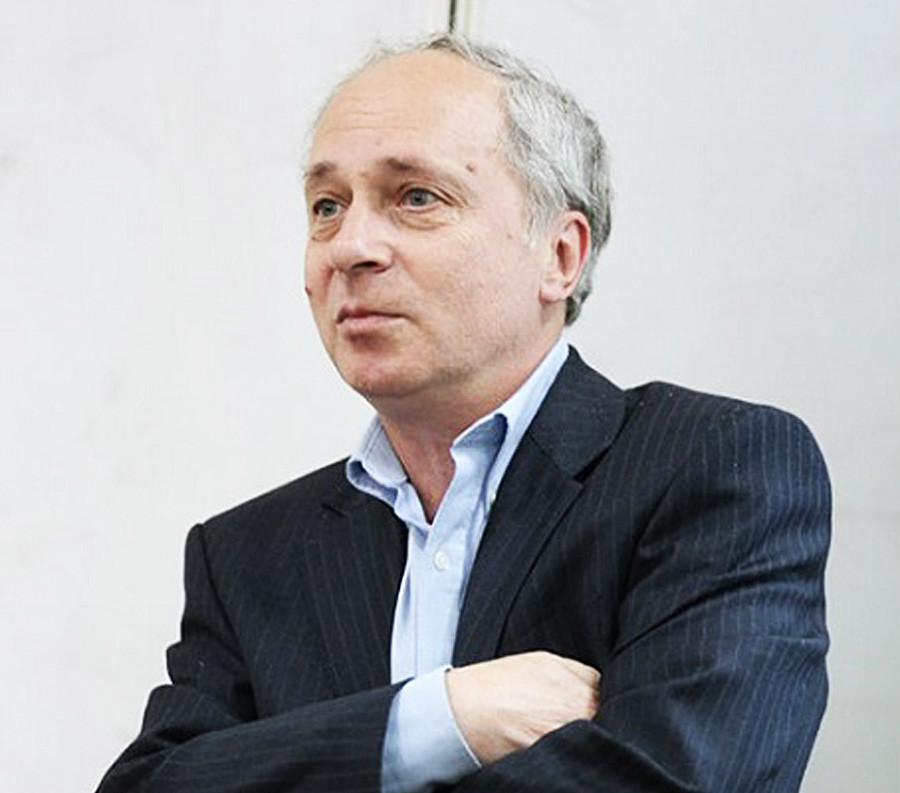
Dr. Aleksandr Kamensky, Director of the Higher School of Economics’ School of History
Higher School of EconomicsAnother scene that caught our attention was Catherine’s order to burn the French books. One might have thought that an ‘enlightened’, educated monarch would not have participated in such a ritual. However, Catherine was indeed enraged by the work of Aleksandr Radischev, Nikolay Novikov and other thinkers of the time. Kamensky confirms that banned books were indeed subject to burning: “for instance, the Voltaire essays – produced by Ivan Rakhmaninov’s printing press without the royal permission – or books printed by Novikov on his own.” The same can be said for Russo, whom Catherine also despised – which is also aptly documented by the show’s writers.
A bungled finale
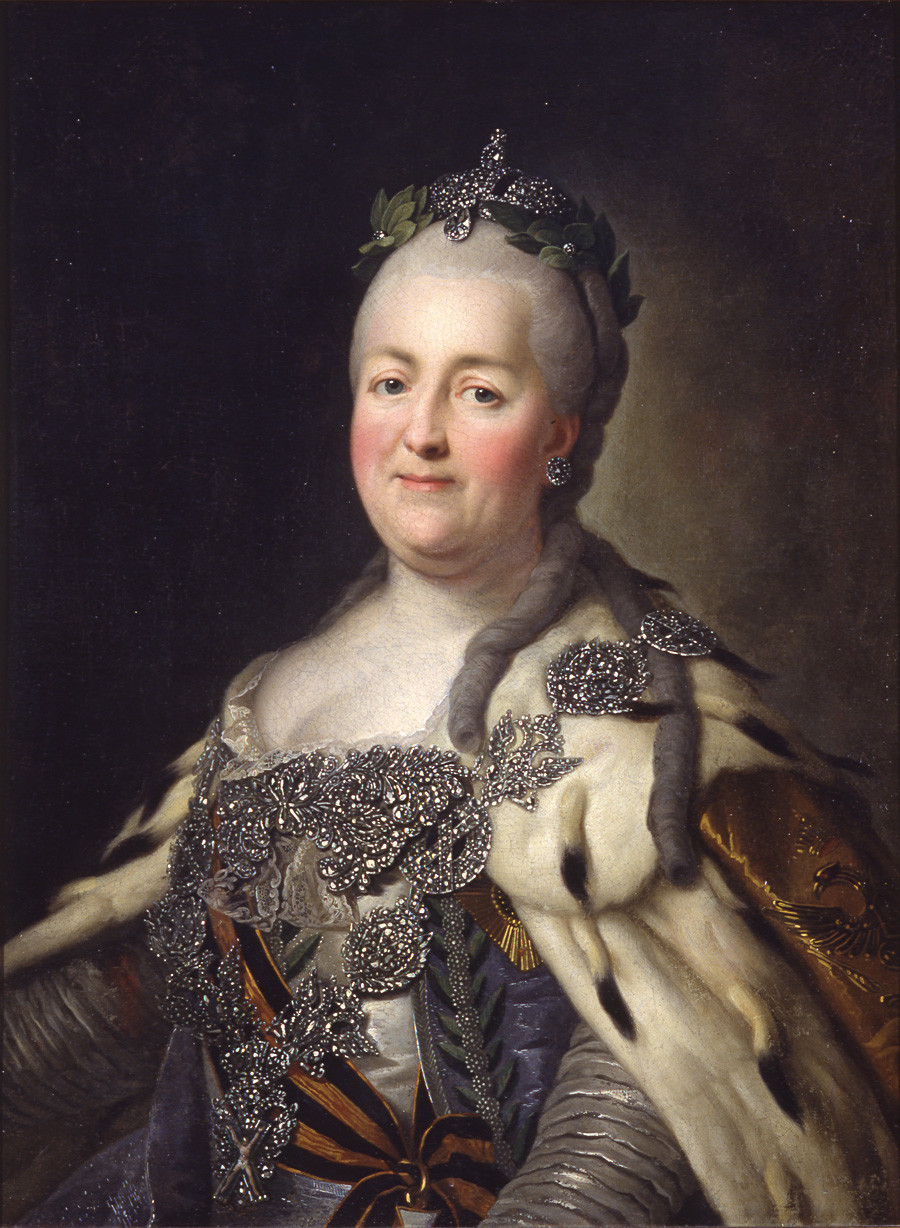
Catherine the Great (1729-1796)
Vladimir Boiko/Global Look PressSeemingly in a rush to tie everything up in order to fit with the runtime, the writers resort to greatly exaggerating certain details. When Catherine speaks of the Empire, there is not one mention of Peter, whose lessons and entire model had been a source of inspiration throughout her reign. The Empress would never have attributed the creation of the Russian Empire to herself.
The Empress’s death is reminiscent of that which takes place in Armando Iannucci’s ‘The Death of Stalin’ – the scene resembles some kind of ‘danse macabre.’
Never could the courtiers and dignitaries have been allowed to bear witness to the search or destruction of a paper supposedly signed by young Aleksandr (this is quite insane). Also, although the Empress did, in fact, lay dying practically on the floor (after a brain hemorrhage it would have been dangerous to move her), she would never have been able to regain consciousness, much less speak to anyone at her side.
* * *
In spite of its flaws, this dramatic retelling of history does do a fine job of capturing the era of Catherine the Great – even if it’s just a cosmetic resemblance. Some monumental developments are completely left out, as are certain key biographical details from the Empress's life: the Provincial Reform and the work of the Legislative Commission in policy-making; the three partitions of the Polish–Lithuanian Commonwealth and the liquidation of the Zaporozhian Sich. Finally, Catherine’s work in education was skipped over, as was her affinity for the sciences and the arts. However, that wasn’t really the mission set by the creators. And there’s plenty here to rave about. Head over to our Opinion piece for that!
If using any of Russia Beyond's content, partly or in full, always provide an active hyperlink to the original material.
Subscribe
to our newsletter!
Get the week's best stories straight to your inbox